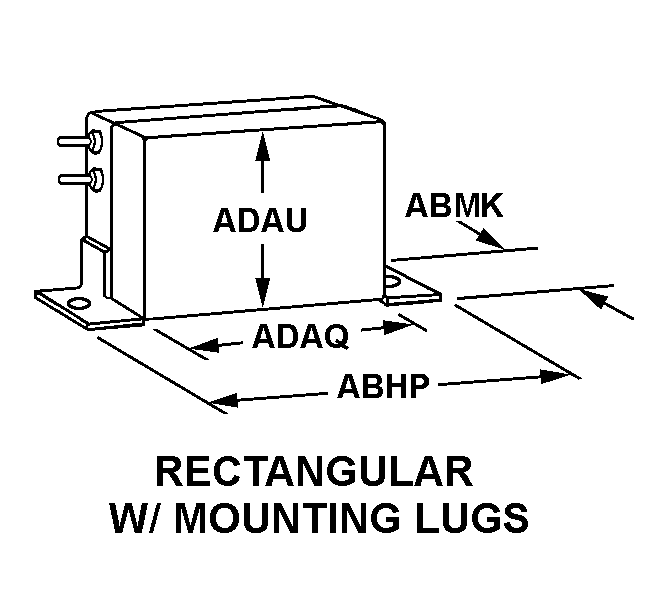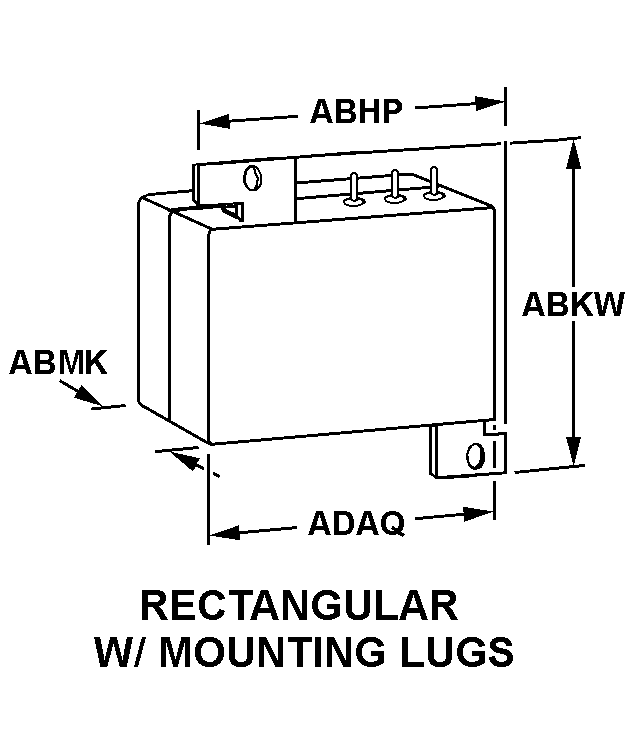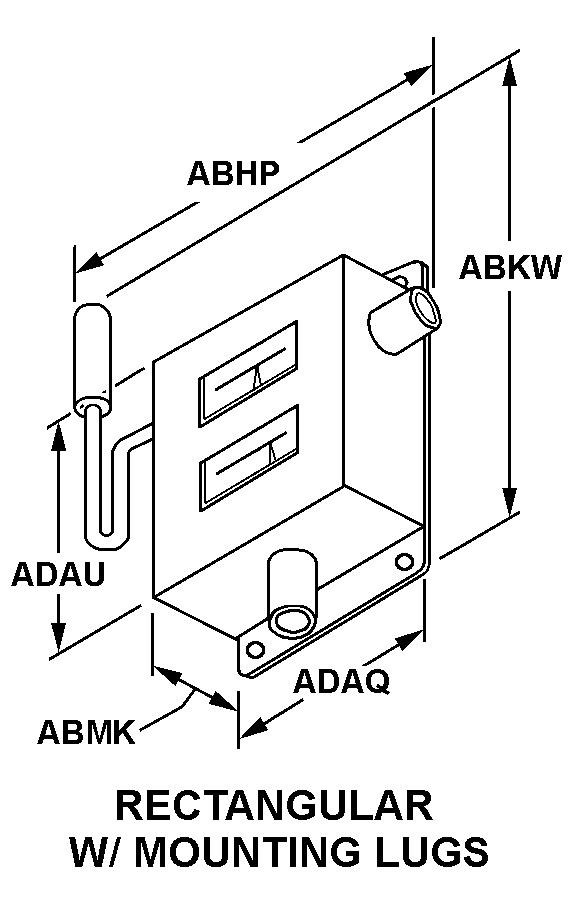5930015203392
Price Quote Get an up to date pricing and availability quote for this product. Order online or over the phone.
Quality Commitment
Serving our customers with quality and safety first.
- AS9120 Certified
- Audited supply chain
- ITAR Registered
- DDTC Registered
- HAZMAT Certified
- Customer service objectives
- Every product 100% inspected

5930-01-520-3392 Specification Set by the OEM (see RNCC code 3)
3.000in. ⁓3-1/64"
2.500in.
1.200in.
2.630in.
1.750 in.
unthreaded hole
four position rectangular
28.0 dc at altitude first voltage
sensitivity hemispherical, latching; g range 2 - 20 g's porm 10 pct; insulation resistance 500 megs min at 500 vdc; contact rating 5 amps at 28 vdc, 5 amps at 125 vac; contact resistance less than 0.5 ohms; manual push button reset; spst contact type; termination connector MIL-C-26482, ser 1; seal hermetica, 1.0E-5 cc/sec 90 nitrogen, 10 pct helium; altitude method 500.3-proc 1; high temp method 501.3 proc 1 and 2, low temp method 502.3 proc 1 and 2; temp shock method 503.3 proc 1 and 2; humidity method 507.3 proc 1 cycle 1; salt fog method 509.3 proc 2; sand and dust method 510.3 proc 1 and 2 for 4 hours; explosive atmos method 511.3 proc 1; vibration method 514.2; shock method 516.2 proc 1
rectangular w/mounting lugs
calibration setting is adjusted when the units are mounted flat; for upward and downward acceleration sensing the unit is to be mounted at 45 deg; when mounted at 45 deg the acceleration trigger level will obey the law of cosines; axes unidirectional
Cross Reference Parts Part numbers that meet the specification outlined on this page and set by the OEM
Identification Item Identification Guide (IIG) and Item Name Code (INC)



Definition Definition of approved item name (AIN): "SWITCH,INERTIA"
A switch which is specifically designed to be actuated by an abrupt change in velocity of the item upon which it is mounted.
5930-01-520-3392 Material Hazmat, Precious Metals, Criticality, Enviroment, and ESD
Indicates there is no information in the hmirs. The nsn is in a fsc in table ii of fed std 313 and a msds may be required by the user. The requirement for a msds is dependent on a hazard determination of the supplier or the intended end use of item.
Item does not contain precious metal.
No known electrostatic discharge (esd) or electromagnetic interference (emi) sensitivity.
Represents items with no adp components
The item does not have a nuclear hardened feature or any other critical feature such as tolerance, fit restriction or application.
Identification Codes
HMIC: Hazardous Material Indicator Code. A one position code that identifies a hazardous item.
PMIC: Precious Metal Indicator Code. A one position code which identifies items that have precious metals as part of their content. precious metals are those metals generally considered to be uncommon, highly valuable, and relatively superior in certain properties such as resistance to corrosion and electrical conductivity.
ESD: Electrostatic Discharge. Indicates if an item is susceptible to electrostatic discharge or electromagnetic interference damage. electrostatic discharge damage occurs when an accumulation of static electricity generated by the relative motion or separation of materials is released to another item by direct contact. electromagnetic interference damage occurs when an item comes into proximity with an electrostatic or magnetic field.
ENAC: Enviromental Attribute Code. Identifies items with environmentally preferred characteristics.
CRITL: Criticality Indicator Code. Indicates an item is technically critical by tolerance, fit, application, nuclear hardness properties, or other characteristics.






